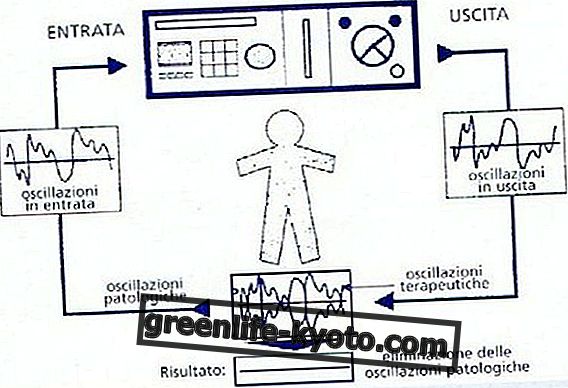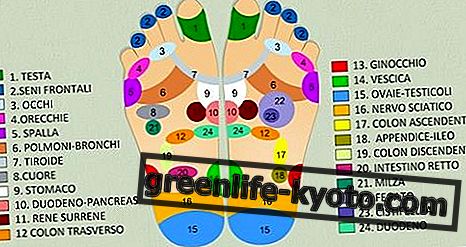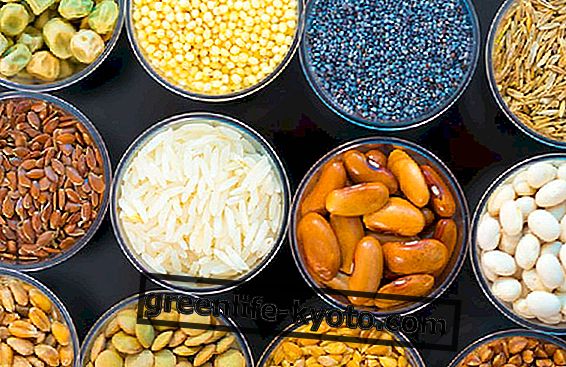
Also for you the fixed menu is the custom? Do you always eat the same things? And which?
Regardless of the diet made to lose weight, keeping your diet varied should be a basic and essential rule for various reasons, with one common point: having your health at heart .
It is not about forcing us to eat cauliflower, as my grandmother did (with the result that I now hate cauliflower), but to try to understand how much nutrition affects our well-being .
Why does a diet vary?
Keeping our food varied is of fundamental importance for the health of our body, beyond our food style, our culinary passions and our favorite foods.
Here are 5 valid reasons why we need to start having a varied diet :
- Our body needs more than 100 different substances a day to function properly, and no food contains them all! The only way to hire them all is to change the type of food every day . Then we'll see some tips on how to do it, don't worry.
- All the foods will always contain, in addition to the substances that our body needs, potentially toxic molecules or agents (additives, environmental contaminants, microbiological contaminants such as mold or toxins for example). A varied diet allows us to lower the food risk or reduce the risks of repeatedly ingesting harmful foreign substances in food, which can accumulate in our body.
- In August 2014, a study was published on the occurrence of food allergies and diet, with significant results: a wide variety of foods could be related to a better responsiveness of the immune system and to higher levels of antibodies involved in the immune response, ie it would reduce the percentage of incidence of allergies .
- In an analysis published in September 2014, an interesting result is reported: the varied intake of fruit and vegetables could reduce the risk of developing type 2 diabetes in the adult population (Cooper et al., 2012; Jeurnink et al., 2012).
- Taking different foods every day makes meals more enjoyable than the monotony of dishes and colors. This is of particular importance in the case of diets for nutrition education and weight loss.
How to build a varied diet?
Now that we have discovered how important it is for our health to keep food as varied as possible, let's see how it is possible to change our diet in this sense.
It takes a bit of curiosity and a desire to taste, but it's worth it. Your body will thank you.
Here are some strategies for building a varied diet:
> Take fruits and vegetables of different colors to ensure the widest possible range of micronutrients and phytochemicals. Consume at least one food of each chromatic group every day , that is: white (for example onions, garlic and leeks, fennel, celery, cauliflower, pears and apples); yellow-orange (citrus fruits, peaches, peppers, carrots, pumpkin); red (tomatoes, peppers, cherries, strawberries, radishes, watermelon, turnips, beets); green, leafy salads, spinach, beets, broccoli, courgettes, cucumbers); blue-violet (berries, aubergines and radicchio, black grapes, figs, plums).
> Choose at least one portion of a food for each food group on a daily basis, taking care to change the choices within each group day by day. There are 5 food groups: cereal group, derivatives and tubers (it will often be necessary to use the whole ones); vegetable group, fresh legumes, fruit (it will be appropriate to use seasonal foods); group (optional) of milk and derivatives ; protein group, namely meat, fish, eggs, dried vegetables; group of seasoning fats (vegetable fats, in particular extra virgin olive oil, will be preferred).
> Season the foods with aromatic herbs and spices, to be changed every day ; here are some examples: garlic, onion, basil, parsley, rosemary, sage, mint, oregano, marjoram, celery, leek, thyme, fennel seeds, pepper, chili pepper, nutmeg, saffron, curry.












